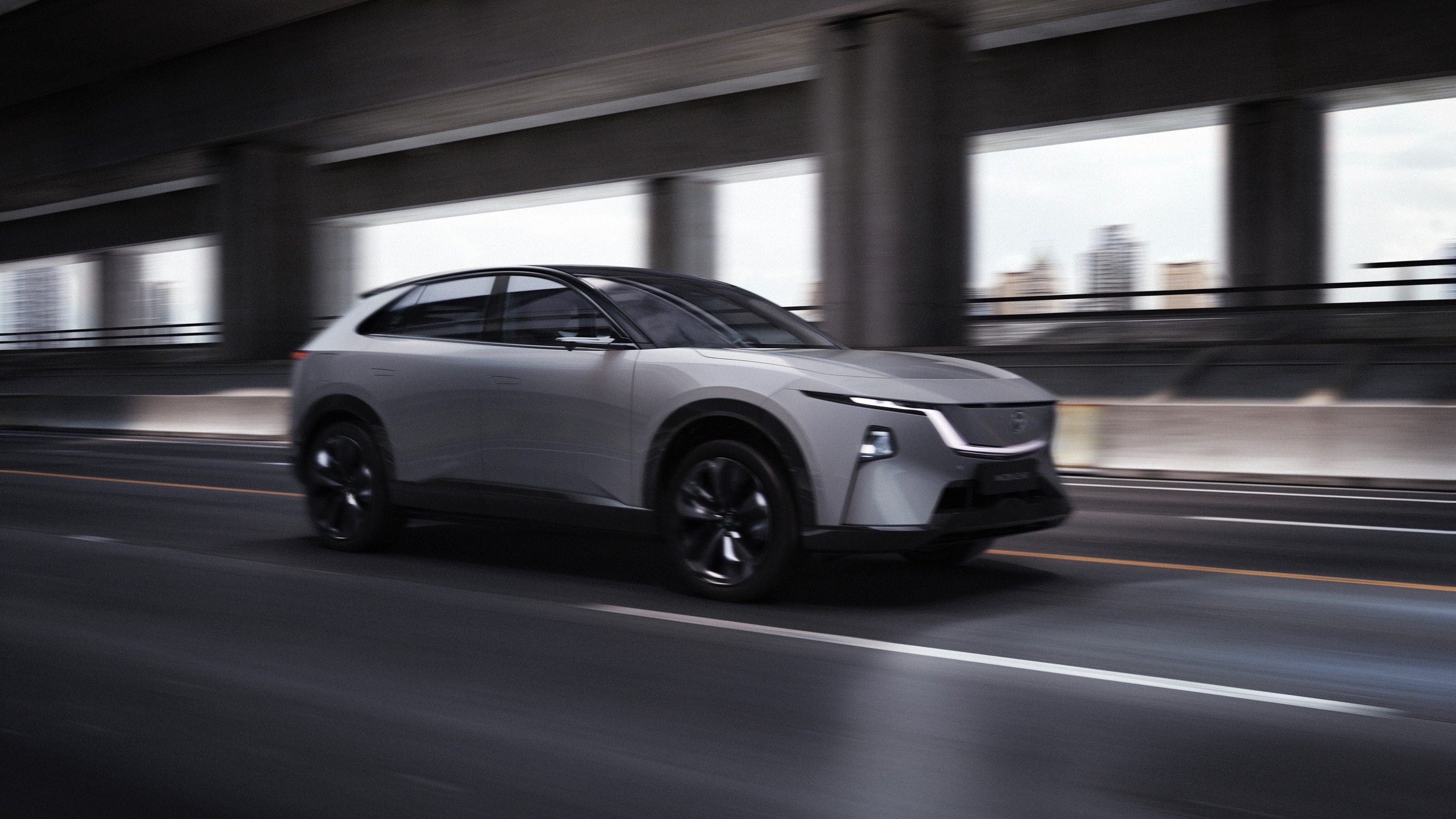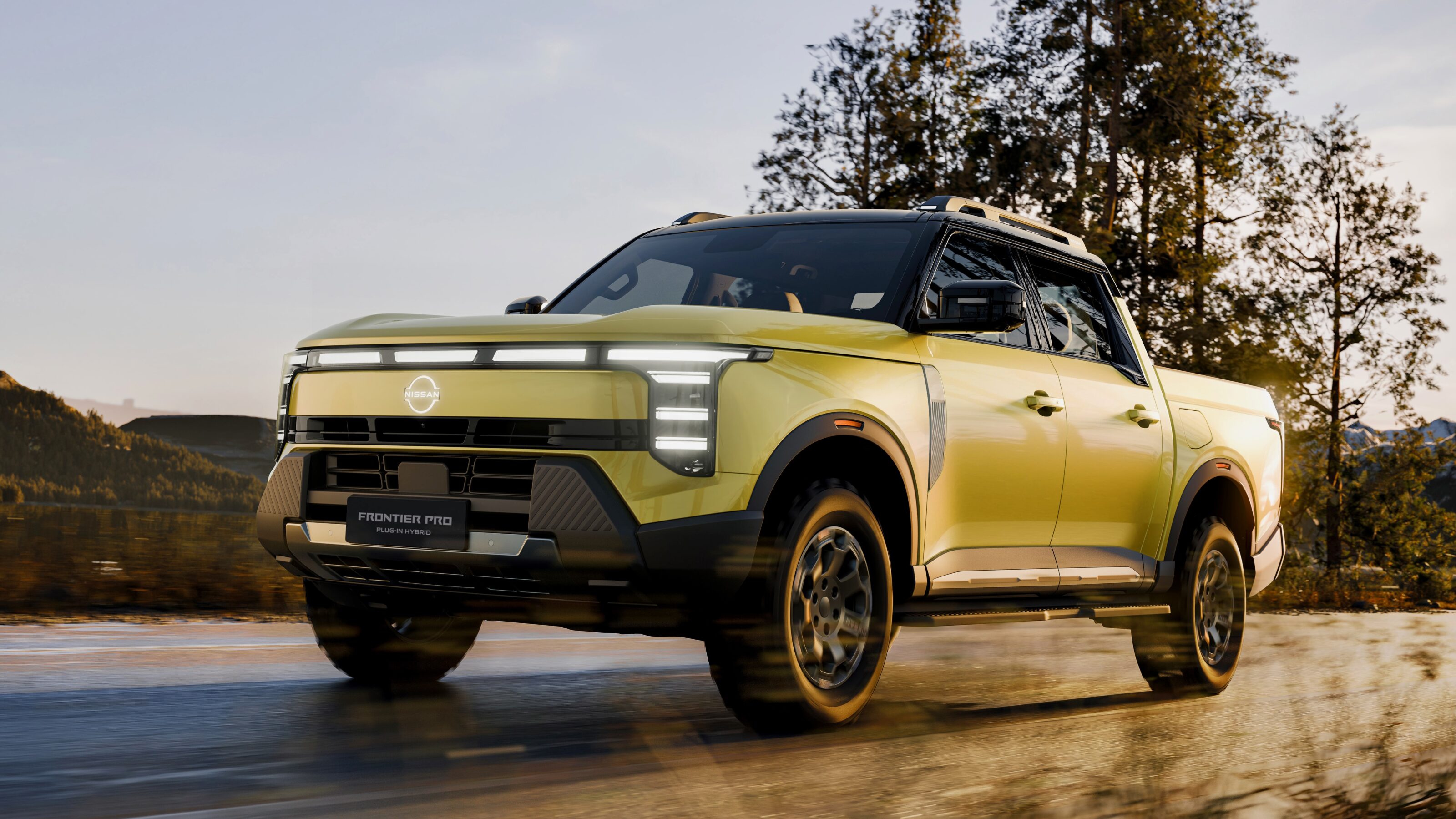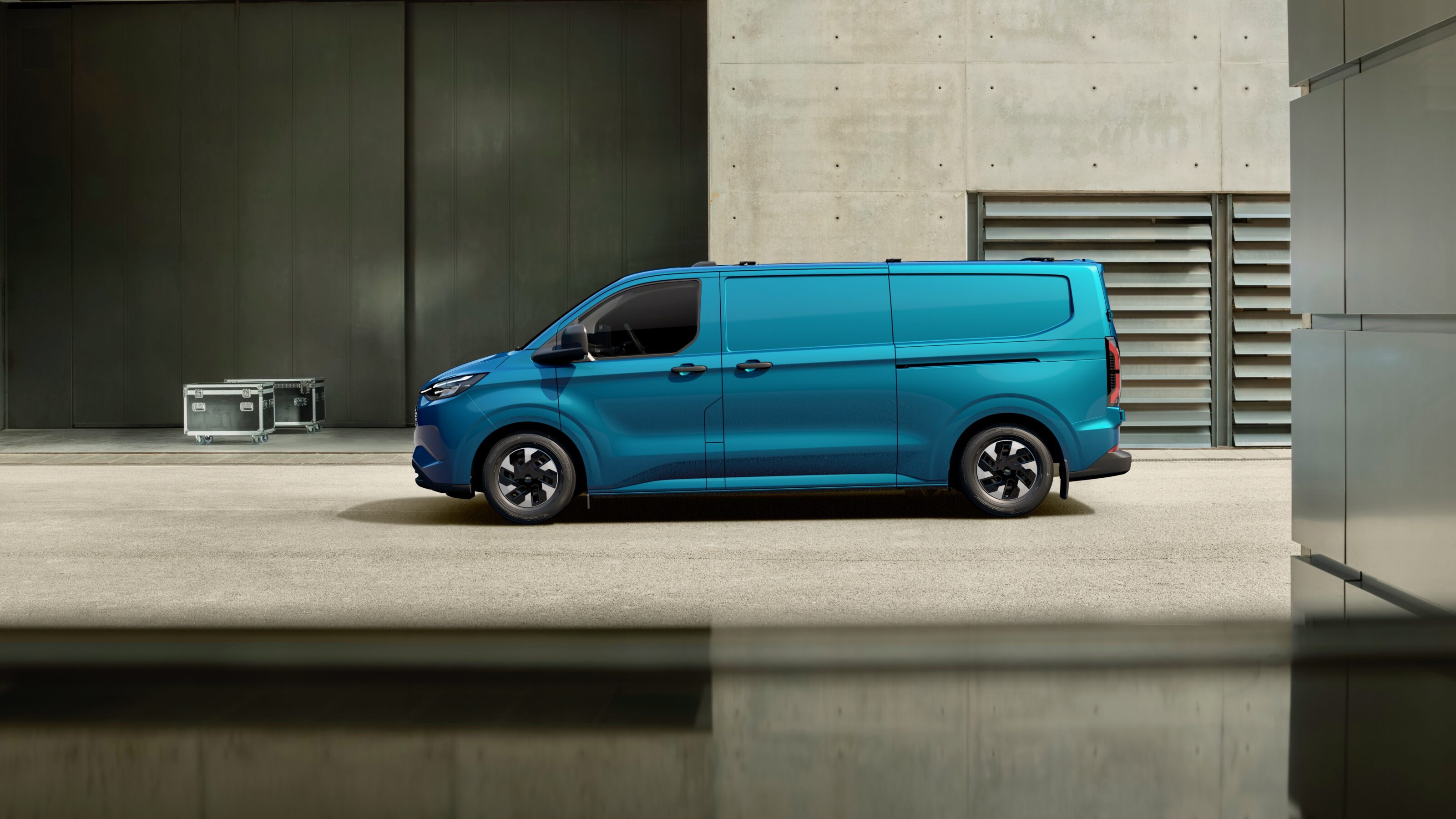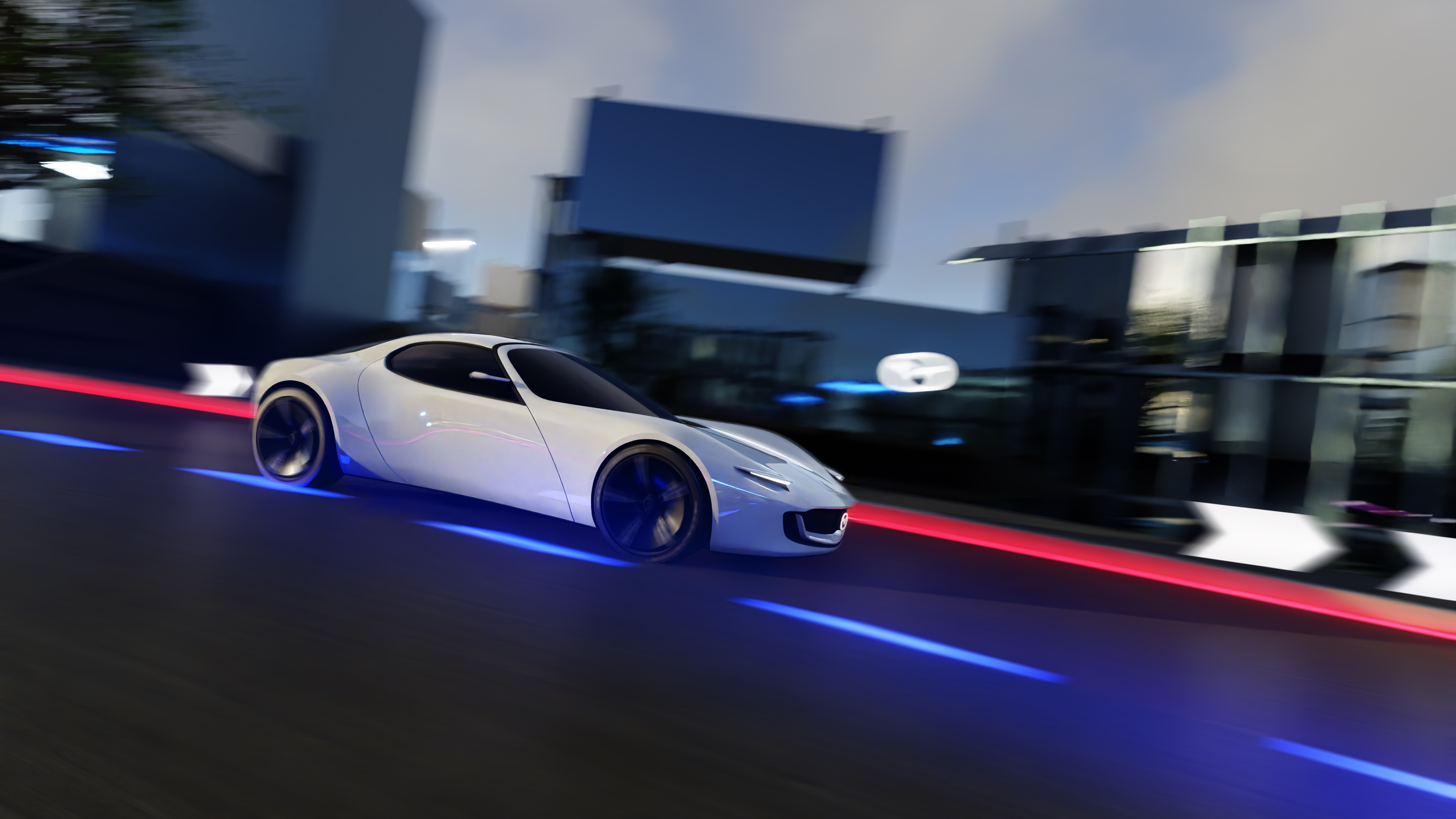
Snapshot
- Mazda will gradually electrify this decade
- Focus on meeting regulations, improving ICE efficiency and profitability
- Additional BEV models will first debut from 2025
Mazda has updated its electric vehicle transition master plan up to 2030, while showing off a strange video game-like coupe vision model.
The electrification strategy is separated by three gradual stages and has committed to making Mazda factories carbon neutral globally by 2035, with the aim to go carbon-neutral completely by 2050.
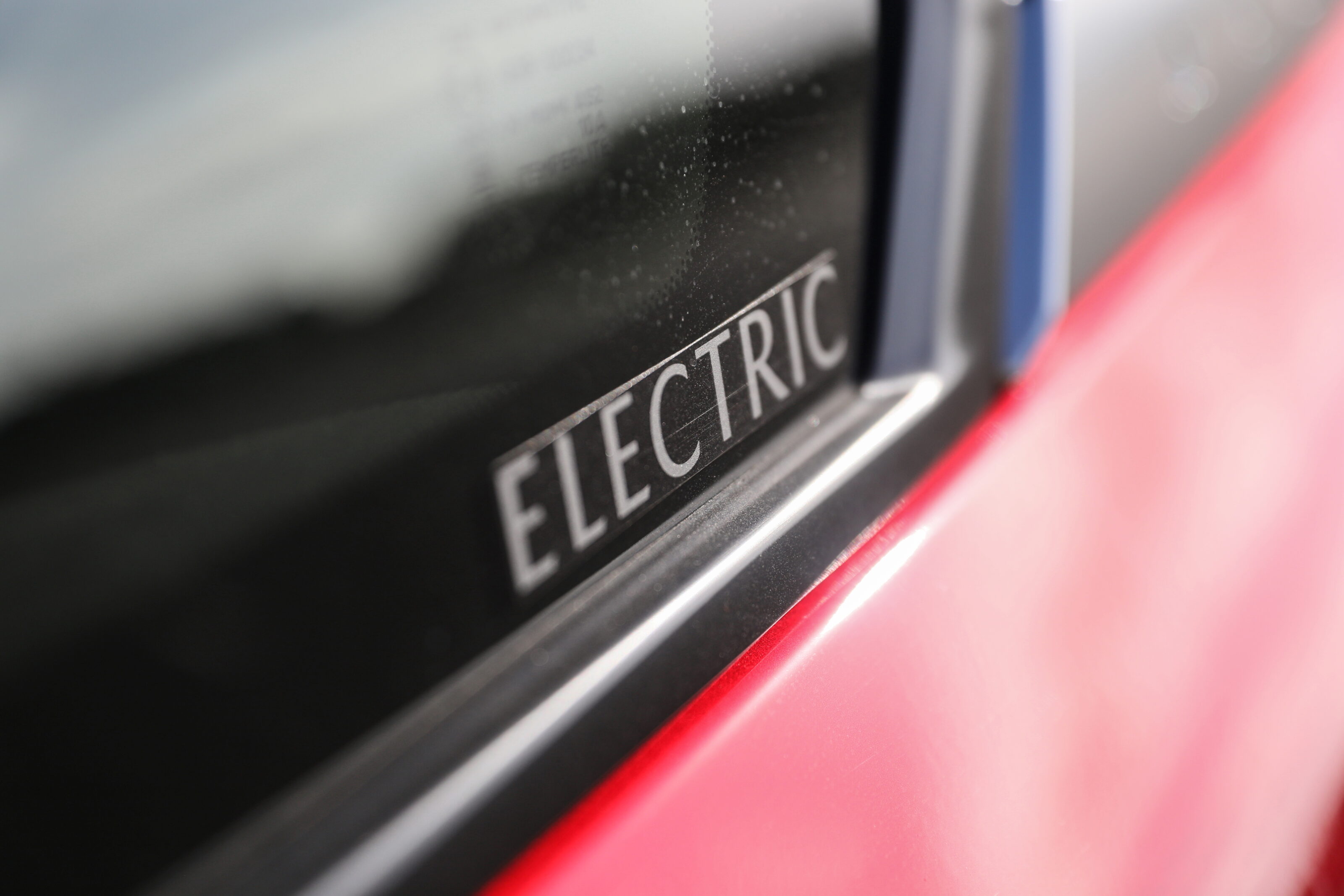
2022-2024: Prepare for electrification
In the next two years, the Japanese carmaker will continue to invest in research and development (R&D) in preparation for electrification, while meeting carbon emissions regulations in each country.
Mazda will focus on its US factory and more upmarket large product architecture, including the CX-60 medium SUV (due next year) and related CX-80, plus CX-70 and CX-90 large SUV successor (confirmed for Australia).
Mild-hybrid diesel engines and plug-in hybrid powertrains will be offered.
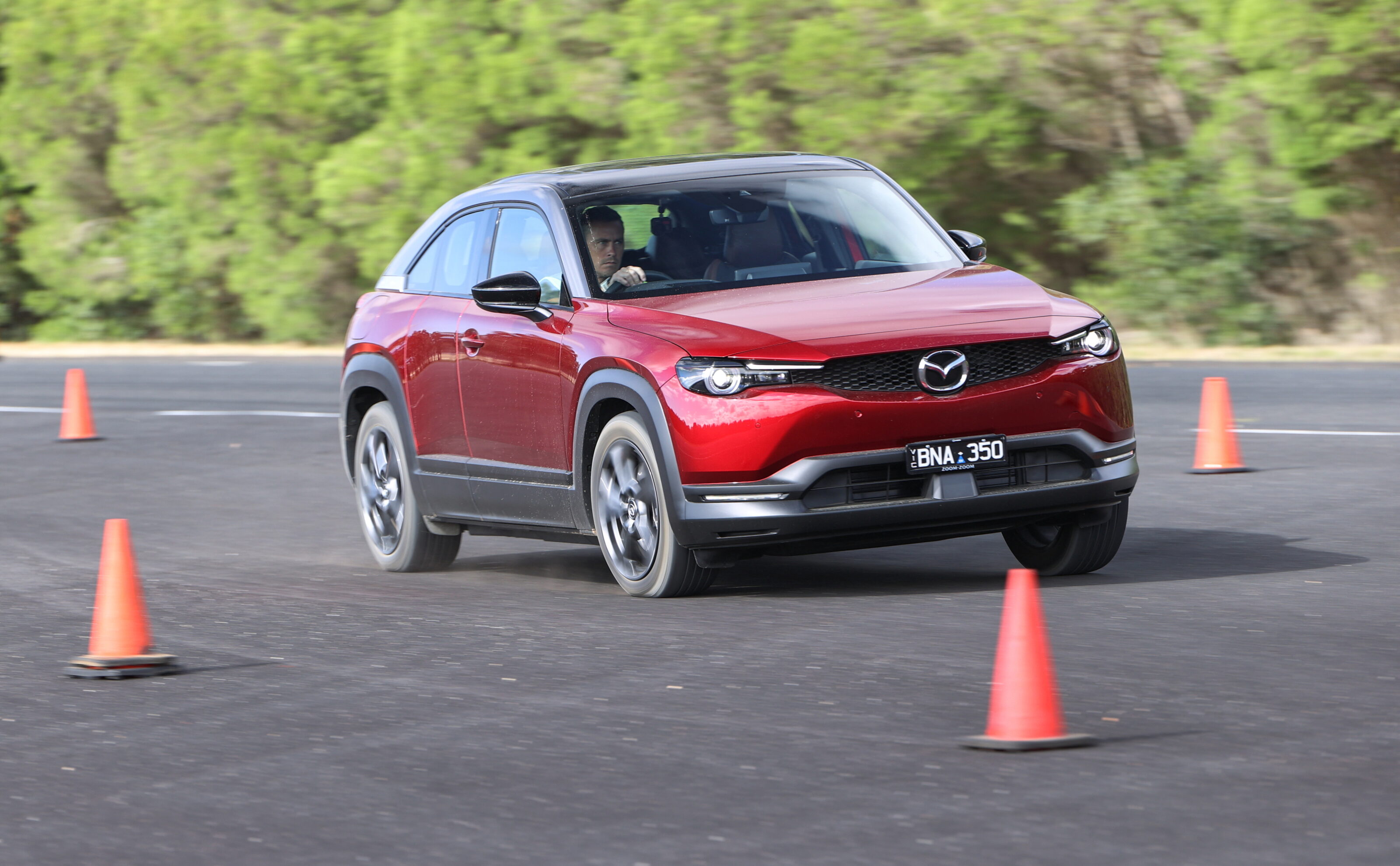
2025-2027: Transition to electrification
From 2025 to 2027, the company will start its transition phase to electrification as regulations become more stringent globally.
Mazda will introduce a new hybrid powertrain, while launching pure battery-electric vehicles (BEVs) in China and begin launching EVs globally in the later half of this second phase.
Further investments in battery R&D will also ensure they’re more cost efficient and work with Japanese suppliers and joint ventures to procure batteries and develop more efficient electric drive units.
But, it’ll still rely on profits from internal-combustion engine (ICE) vehicles and continue improving their efficiency with the potential of using future renewable fuels.
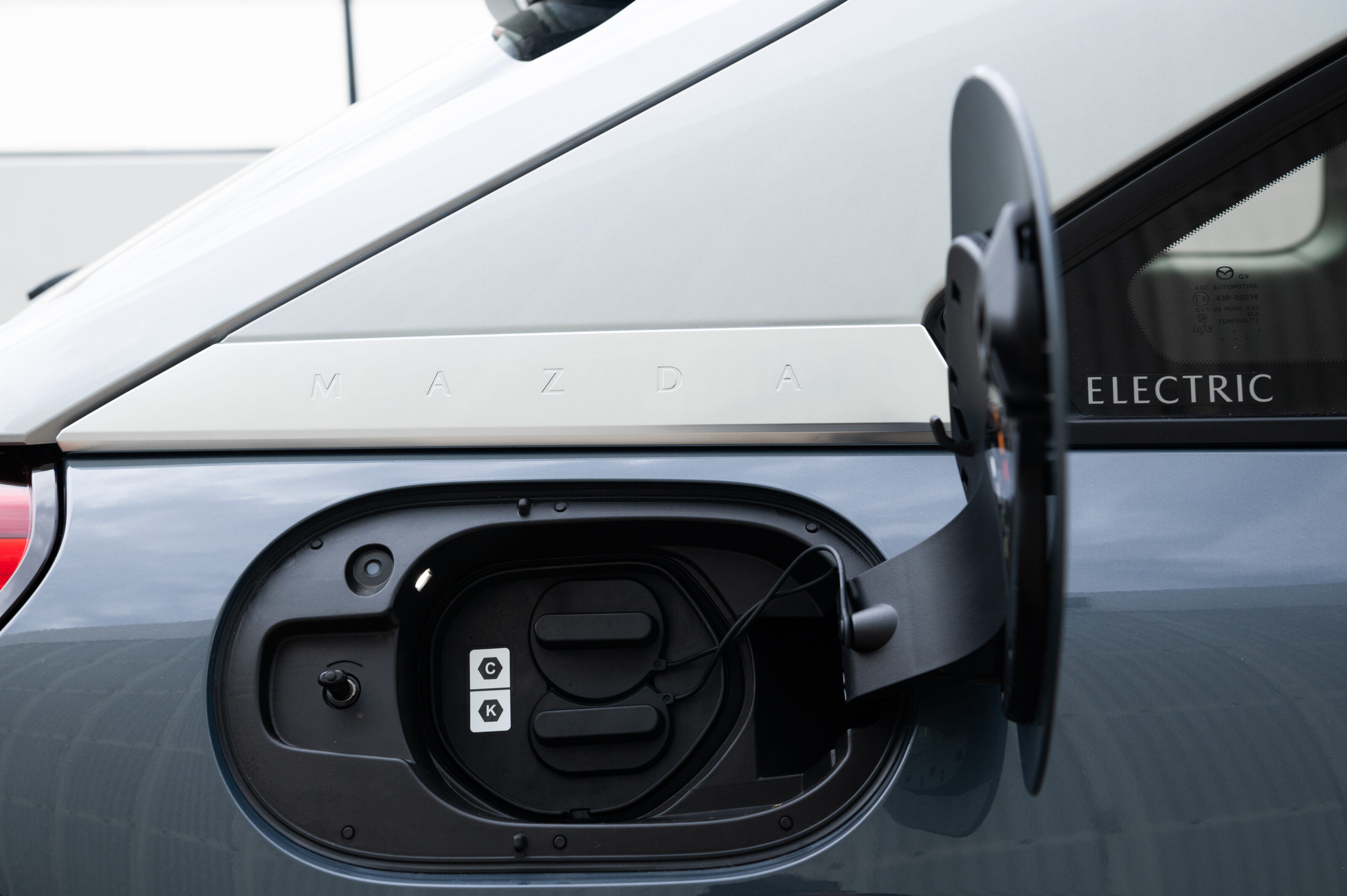
2028-2030: Full-scale BEV launch
By the end of the decade, the Japanese firm will ramp up launching pure-electric models across the line-up using the scalable Skyactiv EV architecture, while offering ICE, electrification technologies and alternative fuels to “provide appropriate combinations that suit power generation conditions in each region”.
Mazda expects 25 to 40 per cent of sales globally would be a BEV model depending on each country’s electrification public policies and regulations.
It will also consider the possibilities of investing in battery production, rather than outsourcing from suppliers.
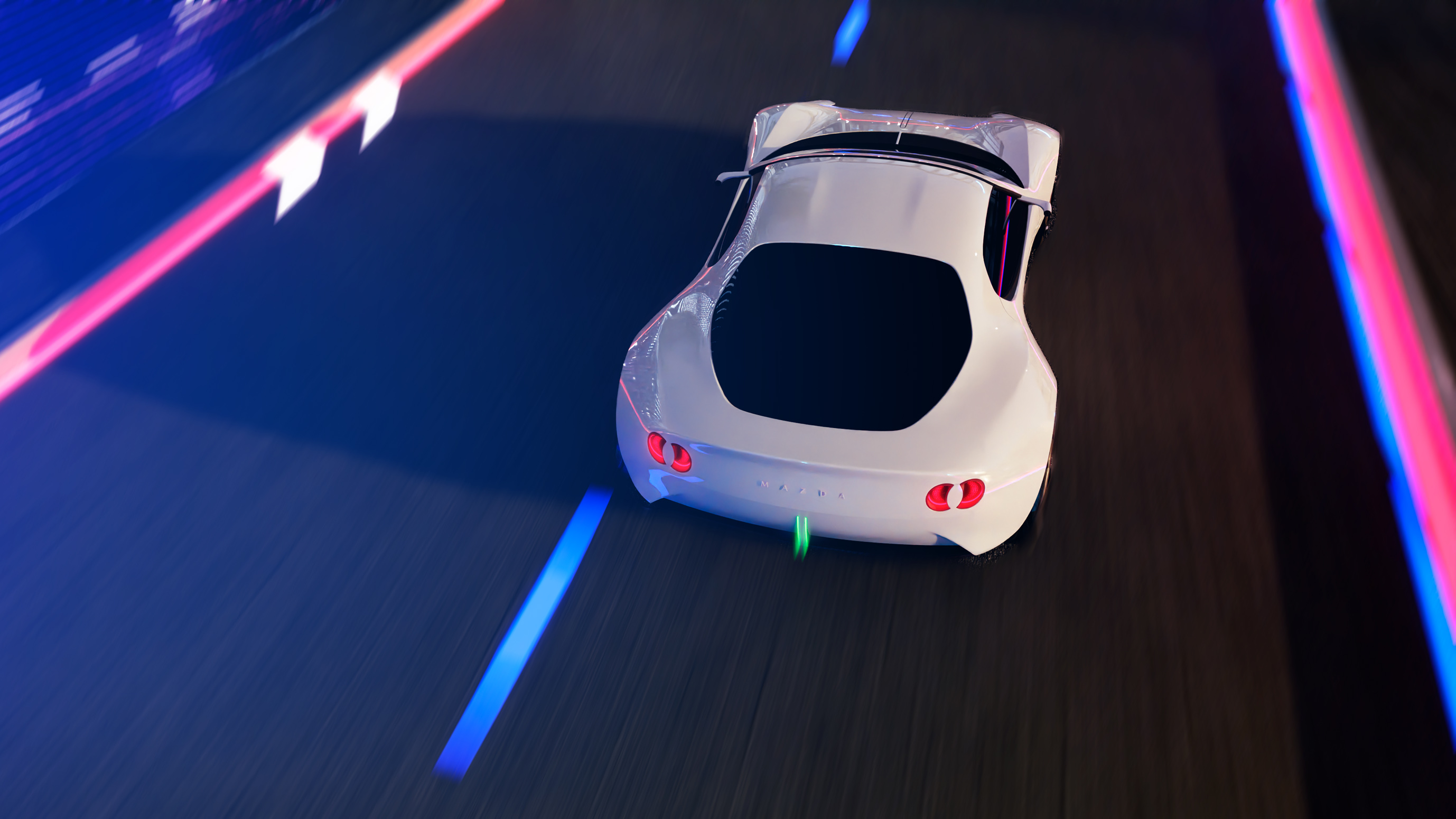
Mazda vision study model
To visualise its updated three-phase electrification approach, the company unveiled a video-game like Mazda coupe model.
It doesn’t look like its iconic MX-5 roadster; rather, it’s a sleek three-door hardtop coupe more reminiscent of the Jaguar F-Type.
According to the Climate Council, Mazda ranks sixth in the car brand EV transition, trailing Volkswagen, Ford and Volvo Cars. But, Toyota and Isuzu are at the bottom with fewer electrification commitments.
Mazda only sells the low-volume MX-30 Electric city crossover as its first and only BEV right now, with the forthcoming CX-60 medium SUV available with a plug-in hybrid powertrain.
We recommend
-
 News
NewsMazda plans premium EV push
Petrol, PHEV and rotary range-extender all plot a path to electrification for Mazda line-up
-
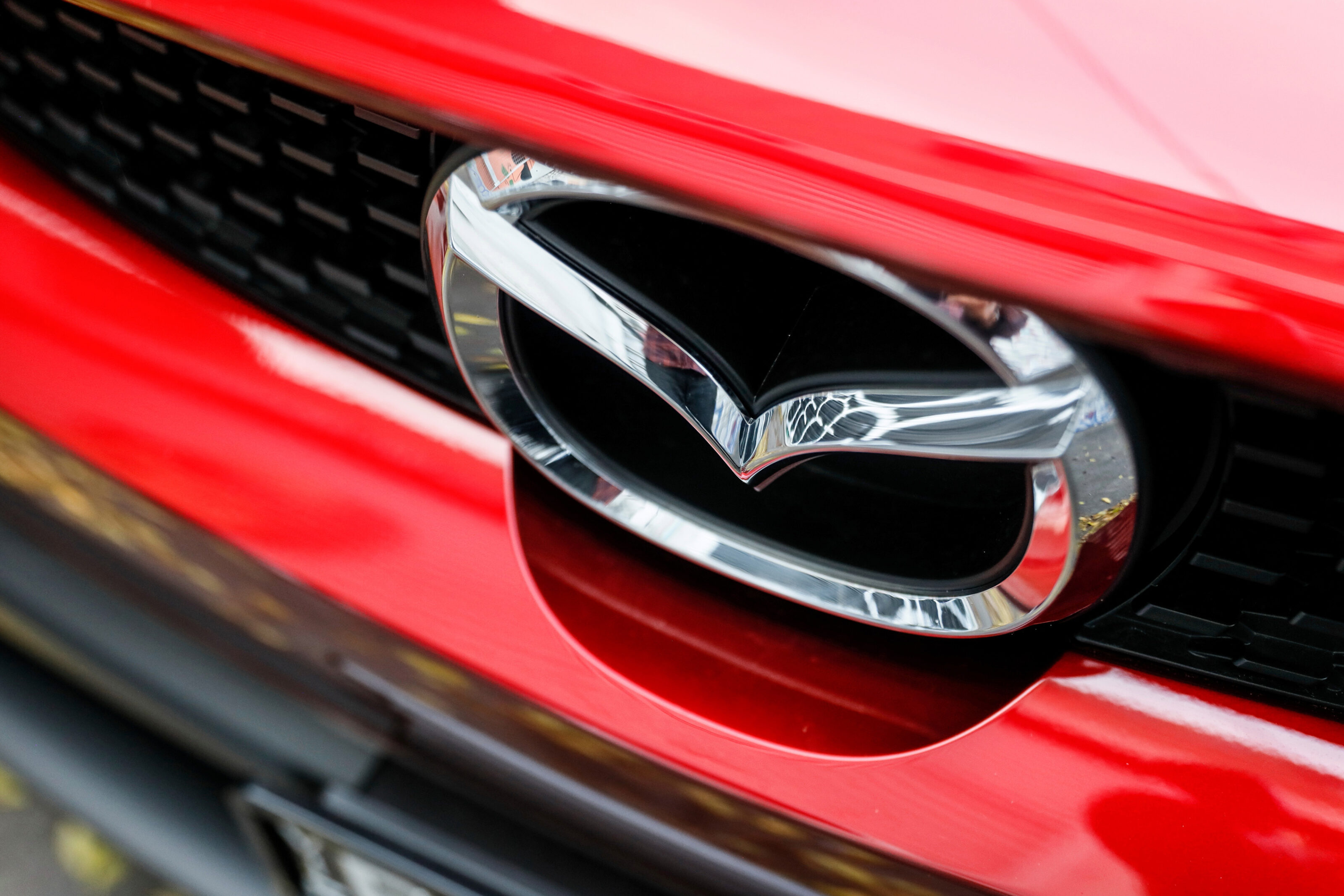 News
NewsMazda has no fear of being left behind in EV race
Despite rivals offering more electrified models – and promises of more – Mazda remains comfortable that it won’t be left behind in the EV race
-
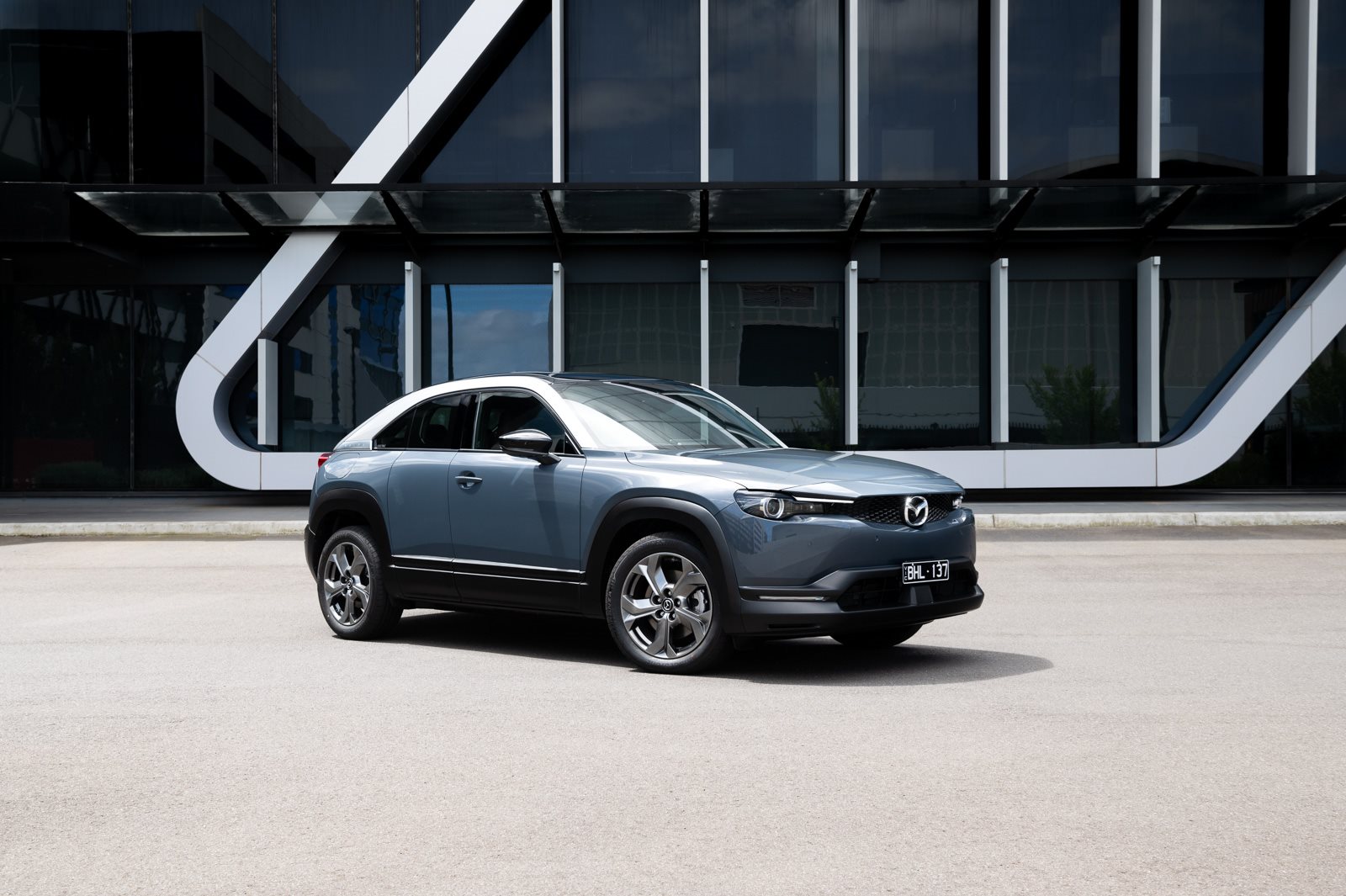 News
News2021 Mazda MX-30 EV confirmed for Australia
Mazda will go electric next year in Australia with the MX-30 – but where’s the rotary?


